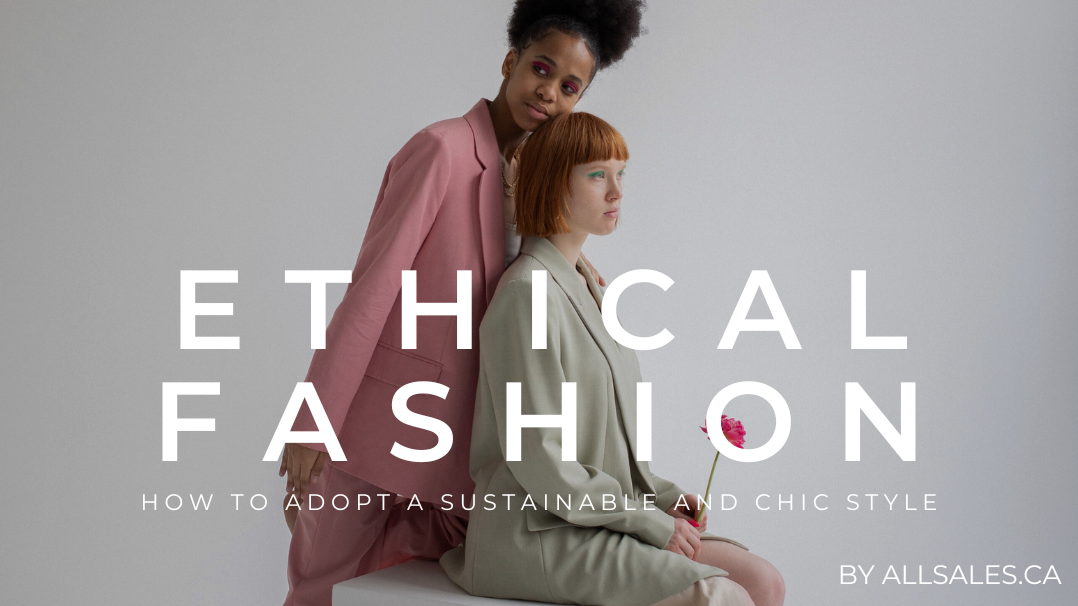This approach involves extending the lifespan of clothing by promoting reuse, repair, and recycling. Ethical brands are increasingly offering take-back and recycling programs, allowing customers to return their used clothing to give them a second life. By embracing circular fashion, you can not only reduce your ecological footprint but also add a unique touch to your style by opting for vintage or refurbished pieces.

